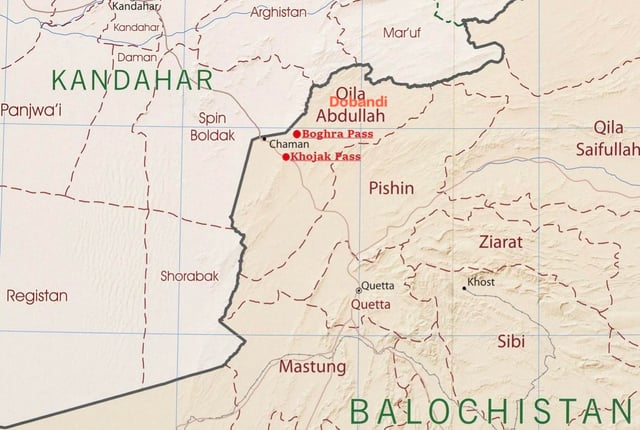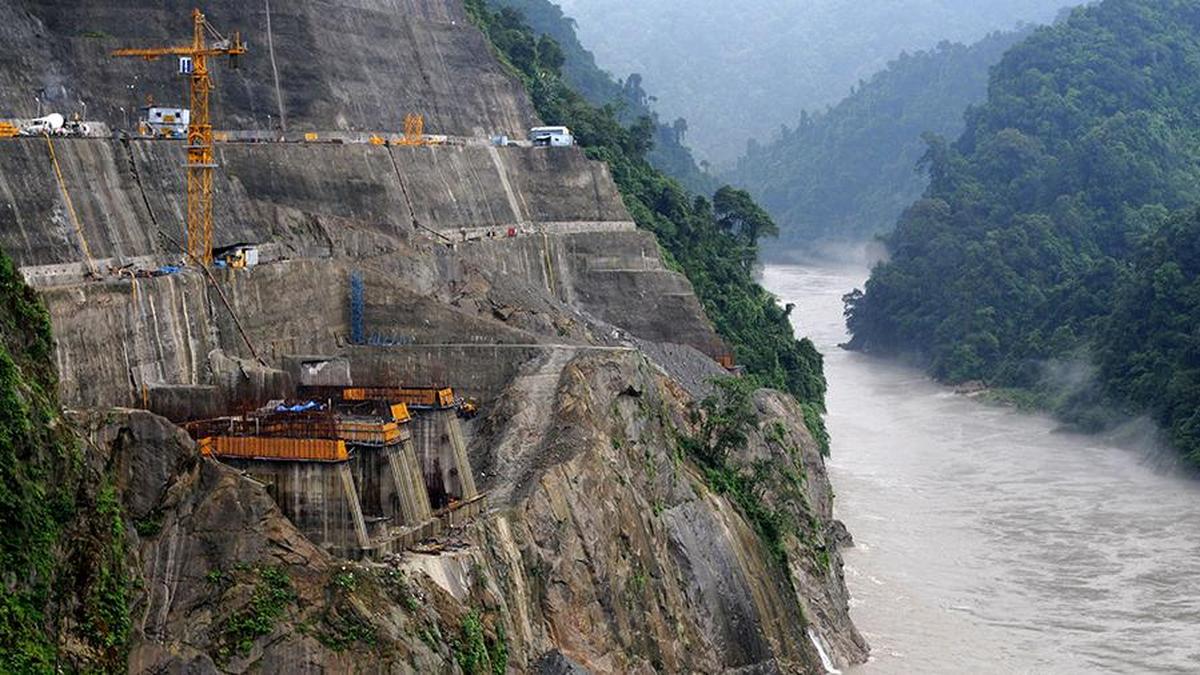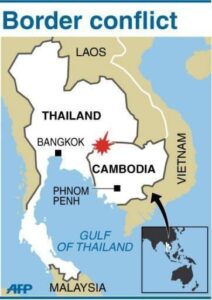1. Recent Development
Event: The first test run (wet commissioning) of Unit-1 (250 MW) of the Subansiri Lower Hydroelectric Project began.
Purpose: To check turbine performance and operational parameters without generating electricity.
Duration: The test run is expected to last 4–5 days.
2. Project Overview
Name: Subansiri Lower Hydroelectric Project (SLHEP)
Location: Gerukamukh, on the Arunachal Pradesh–Assam border, across the Subansiri River (a major tributary of the Brahmaputra).
Implementing Agency: NHPC Limited (National Hydroelectric Power Corporation)
Installed Capacity: 2,000 MW
Consists of 8 units of 250 MW each.
Type: Run-of-the-river hydroelectric project with limited storage.
Objective: To generate clean, renewable energy for India’s northeastern and eastern states.
3. Current Status (as of October 2025)
Four out of eight units are ready for test runs.
Once two units are synchronised with the power grid, power generation will commence.
Full commissioning will occur in phases.
4. Project Timeline
| Year | Development |
|---|---|
| January 2005 | Project launched. |
| 2011 | Work suspended due to large-scale protests and environmental concerns in Assam. |
| 2019 (October) | Work resumed after intervention from the Prime Minister’s Office (PMO). |
| 2025 (October) | Wet commissioning of the first unit begins — a major milestone. |
5. Reason for Past Delays
A. Protests and Public Concerns
Anti-dam movements in Assam halted construction for years.
Concerns raised about:
Downstream flooding risks in Assam.
Erosion of riverbanks due to sediment changes.
Impact on fish and aquatic biodiversity of the Subansiri and Brahmaputra rivers.
Seismic vulnerability (project area lies in a high earthquake-prone zone).
B. Environmental and Social Concerns
Possible submergence of forests and displacement of local communities.
Fear of altering natural river flow and ecology downstream.
6. Resumption and Revised Measures (Post-2019)
After 8 years of suspension, the project was revived in October 2019 with enhanced safety and mitigation measures:
Revised dam design to handle high floods and seismic activity.
Improved spillway capacity to manage excess water safely.
Downstream protection plans for flood and sediment control.
Biodiversity and fish migration management systems.
Community consultations and local employment generation.
7. Technical and Environmental Features
Dam type: Concrete gravity dam.
Height: Around 116 metres (approximate).
Reservoir length: Extends up to ~47 km.
Catchment area: Around 25,000 sq km (estimated).
Powerhouse location: Underground / surface complex on the right bank.
Turbine type: Francis-type turbines.
8. Strategic and Economic Importance
A. Regional Benefits
Will supply power to Assam, Arunachal Pradesh, and other northeastern states.
Expected to stabilise power supply in the region.
Will promote industrial and infrastructural development in Northeast India.
B. National Benefits
Contributes to India’s renewable energy targets.
Reduces dependence on coal-based thermal plants.
Helps India move toward net-zero carbon goals by 2070.
9. NHPC’s Perspective
NHPC Chairman Bhupender Gupta described the commissioning as:
A “shining testament to engineering excellence.”
A step toward a cleaner, greener, and self-reliant energy future.
Emphasised that the project reflects India’s push for sustainable hydropower development.
10. Environmental Significance
Hydropower is a renewable source of energy with low carbon emissions.
However, large dams can:
Alter river hydrology.
Affect aquatic and terrestrial ecosystems.
Cause sedimentation and displacement issues.
Thus, balance between energy development and ecological safety is crucial.
11. Broader Context
The Subansiri Project is part of India’s hydropower expansion in the Northeast, where:
Over 50,000 MW hydropower potential exists.
The government aims to develop the region as a “powerhouse of India.”
It aligns with:
National Hydro Policy
National Electricity Plan
Paris Climate Commitments
12. Key Takeaways for UPSC
| Aspect | Details |
|---|---|
| Project Name | Subansiri Lower Hydroelectric Project |
| Capacity | 2,000 MW (8×250 MW) |
| Location | Gerukamukh, Arunachal Pradesh–Assam border |
| River | Subansiri River (Tributary of Brahmaputra) |
| Executing Agency | NHPC Limited |
| Started | 2005 |
| Suspended | 2011 (due to protests) |
| Resumed | 2019 |
| Status (2025) | First unit under wet commissioning |
| Significance | India’s largest hydropower project; renewable energy milestone |
| Concerns | Downstream flooding, seismic safety, ecological impact |
13. Conclusion
The Subansiri Lower Hydroelectric Project represents both the promise and challenge of India’s renewable energy ambitions.
While it will substantially boost clean power generation, it also underscores the need for sustainable environmental management, community participation, and climate-resilient infrastructure planning in ecologically fragile regions like the Himalayas.







